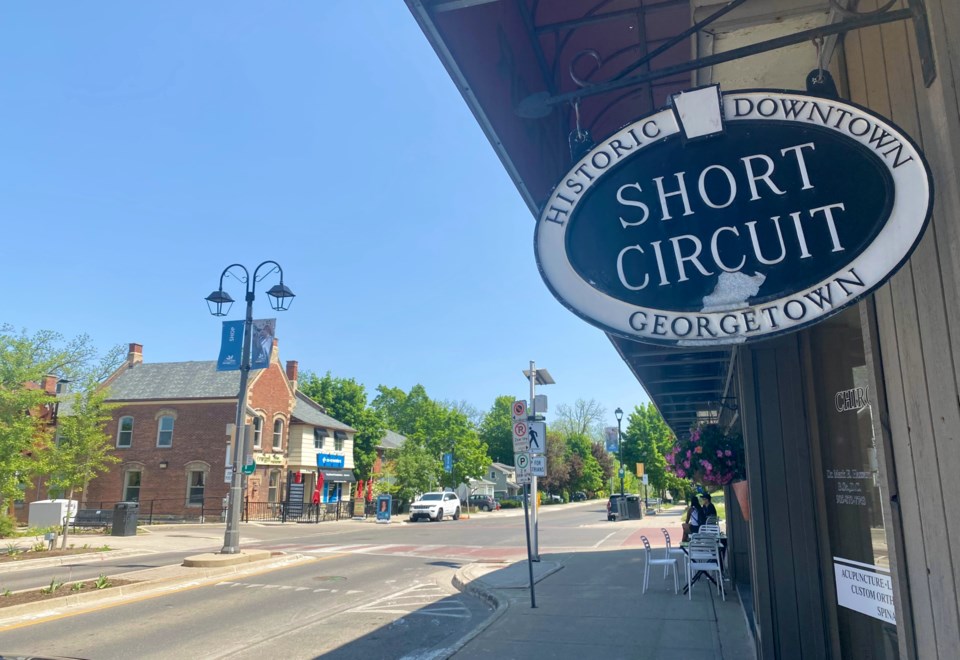When asking residents about why they moved to Halton Hills, there are some consistencies in their answers. Some say they were drawn by the small-town feel. Others say they came for the community. One thing that unites them is the desire for connection.
Halton Hills fosters connections through 'third places.' If the concept of a third place is not familiar, it's one of those intangible ideas that's felt more than seen.
A person’s first place is their home. The second place is where they go to develop as people, like a workplace or a school. A third place – coined by American urban sociologist Ray Oldenburg in his book Great Good Place – is where people build and maintain relationships.
“Third places the world over share common and essential features,” Oldenburg writes. “As one’s investigations cross the boundaries of time and culture, the kinship of the Arabian coffeehouse, the German bierstube, the Italian taberna, the old country store of the American frontier and the ghetto bar reveals itself.”
The features of a third place, according to Oldenburg, are:
- Neutral ground where people can gather away from their first and second spaces
- A social leveller where all are equal
- A place where conversation is the main activity
- Accommodating and accessible to the point where there is little or no pressure to do or be anything
- There are several regulars
- An unassuming place
- A home away from home
- A location with a playful mood.
“Community space is where we come together,” Georgetown resident and professional planner Susan Robertson said. “I think a lot of us can come together in our work environment. But really, it's community space that fosters community.”
Much of Georgetown and Acton’s downtown cores - themselves community spaces - foster relationship building.
The Silvercreek Socialhaüs, Heather’s Bakery, the Shepherd’s Crook and the now-defunct McGibbon Hotel all qualify as third places. Acton’s Tommy’s Grill is a third place, especially during their live music events. Zapa Projects, both their cafe and indoor bouncy castles, serve as third places for grownups and children. The Red Harp and Tanners restaurant round out Acton.
More informal settings act as third places as well. Dominion Gardens Park in Georgetown, Acton's Prospect Park with Fairy Lake, and sitting areas in Glen Williams all build communities.
Even seemingly mundane infrastructure can cultivate relationships. For example, elsewhere in the world, people take in the scenery along the stone banks of the Seine River in Paris and the Spree River in Berlin. Locals consume ice cream while sitting on the steps of the Cathedral of the Holy Cross and Saint Eulalia in Barcelona. Residents relax along Copenhagen’s canals so much that the local governments have built beach-like areas along them.
Thinking about one’s municipality in this way can yield economic results.
Damian Szybalski, Halton Hills commissioner of business, environment and culture, says that quality of life is a major driver behind where companies choose to locate.
“Because [people] want to live and work in a community that they're going to enjoy going to dinner, shopping, going to shows and galleries, [companies] want to be in that type of a community,” Szybalski said. “That's where the link between economic development and culture is.”
Added Town Manager of Investment Attraction Tony Boutassis, “When I think quality of life, I think ‘I have really good town services, I have a nice park to bring my kids to, I have a nice trail system, I have a good community centre where my kids can go swimming.'"
It's safe to say Halton Hills and its third places check all of those boxes.
